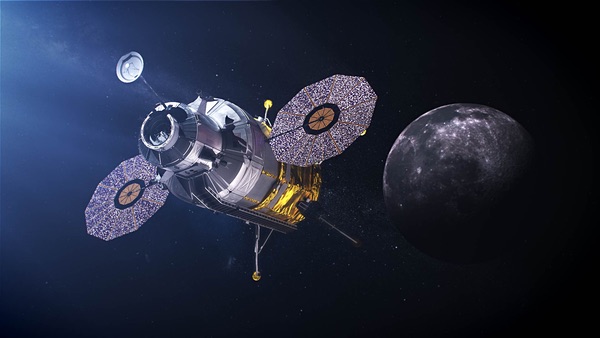Why venture? A memo for the Biden Administrationby Derek Webber
Monday, April 12, 2021
 NASA is expected to continue the Artemis program of human lunar exploration under Biden Administration, which could eventually support efforts to utilize space resources for the benefit of humanity. (credit: NASA)
NASA is expected to continue the Artemis program of human lunar exploration under Biden Administration, which could eventually support efforts to utilize space resources for the benefit of humanity. (credit: NASA)It’s that time again. A new administration reassesses the funding, rationale, and specific projects being undertaken by the various space related departments. This is an inevitable consequence of the political vicissitudes that operate on a four-year time horizon as compared with the much longer timescales involved in space development, at least in these still-early years, when most of the funding still comes from government sources. Of course, there will always be geopolitical and even military considerations, which will vary with the tides of world affairs, but maybe it would be a good idea to re-state those basic rationales that transcend the politics of the moment. Why did Gagarin, Glenn, Armstrong, et al., risk their lives at the onset of the Space Age, and why do today’s astronauts line up for the challenges of the future? Space, above all else, is a global endeavor, and we should therefore be able to understand those common perspectives that all occupants of the planet share about the rationale of space exploration, whether it involves robots or people. In particular, it can be helpful to do this to get a handle on the timescales involved in developing space policy.
https://www.thespacereview.com/article/4156/1